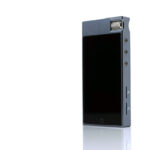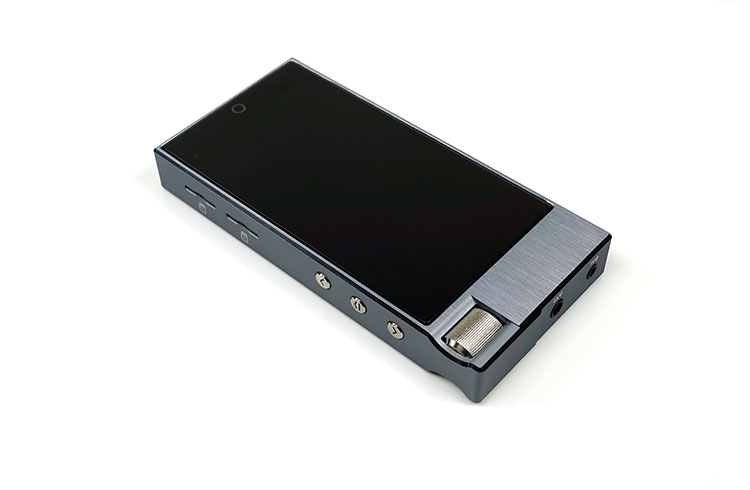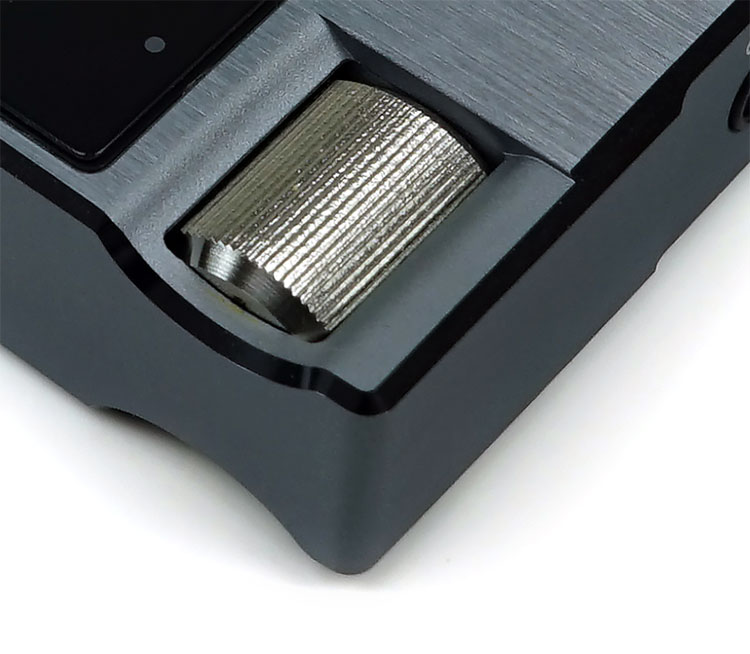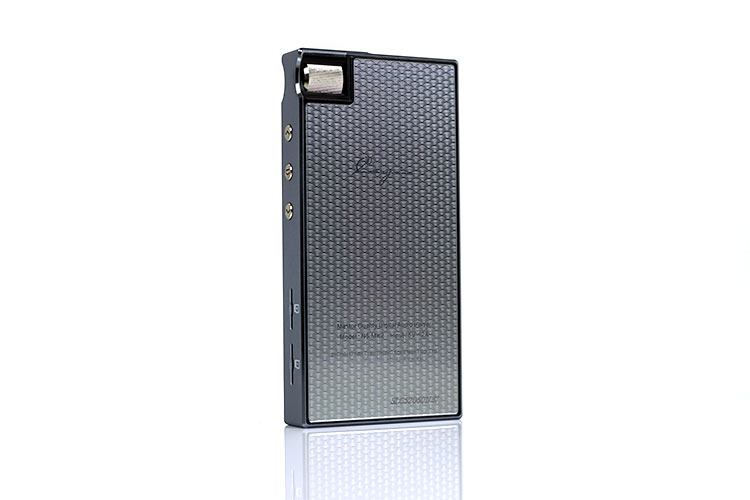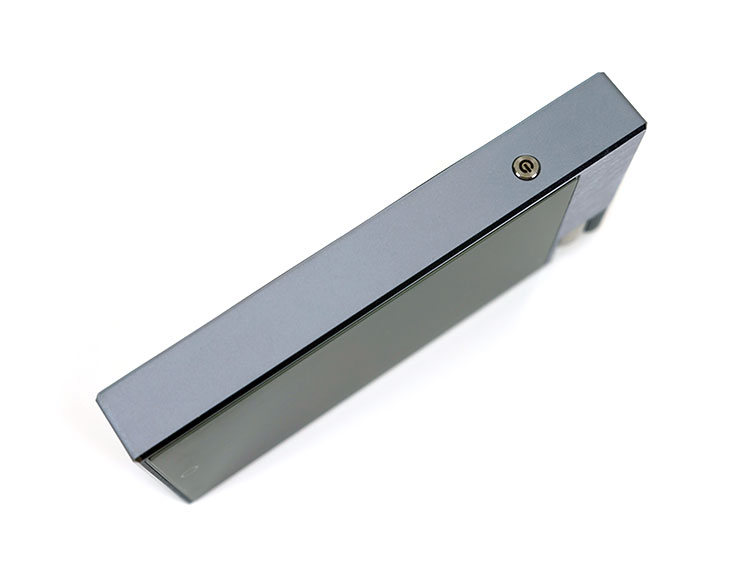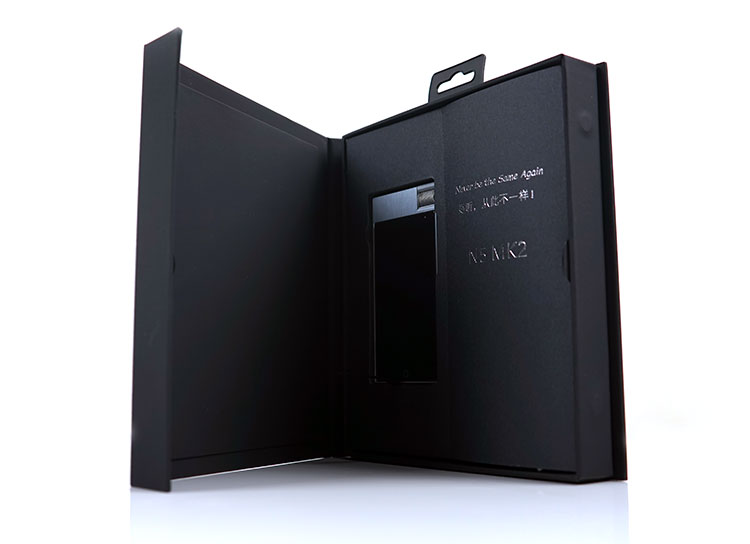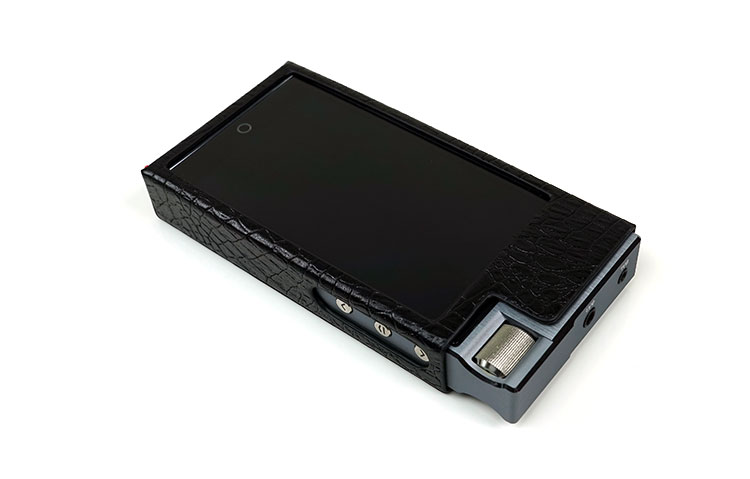The Cayin N5ii is the third generation of the N-Series digital media player stretching back to the N6 and N5. The SRP price is $369.
Disclaimer: The Cayin N5ii sent to us is a sample in exchange for our honest opinion. We thank Cayin for this opportunity.
To learn more about Cayin products on Headfonics you can click here.
Note, this review follows our new scoring guidelines for 2020 which you can read up on here.
The N5ii digital media player is the 3rd generation of the N-Series DAPs from Chinese manufacturers, Cayin. Headfonics has covered each of these DAPs in some detail right back to the original N6 which we reviewed in 2015 here. You can also reference our previous reviews of the N5 here and the I5 here.
It is important to note that the i5 was a huge leap forward for Cayin in terms of what we came to expect from a modern digital player with touch-sensitive Android features, bags of connectivity, and an attractive aesthetic. So much so that we awarded the i5 our top DAP of 2016 in terms of what you got for the price and how it sounded.
I do not believe there will be future iterations of the i5 in the coming years. The N5ii does mark a return to the core N-Series in terms of focus but it does bring a lot of what made the i5 so good with it.
As a result, the N5ii represents a convergence of sorts in terms of what the N-Series offered and at the same time builds on what made the i5 so cool and connected.
What Is The Pitch?
Feature Convergence
The N5ii represents the best of both worlds from the older N5 and last-gen i5. It takes the competitive pricing, the slightly more compact form factor of the N5, and the much-missed balanced output of the N5.
It then combines it with the modernity of Android, the ingenuity of an integrated HiBy Music OS, and the connectivity features of the i5.
The N5ii is priced at $369 which is right in the sweet spot for mid-fi digital players in 2018. It is cheaper than the older $499 i5 and just marginally higher priced than the $349 N5 when first launched.
The N5ii is designed to compete with digital media players such as the FiiO X5iii, Shanling M3s, and the Luxury and Precision L3PRO.
Modern Connectivity
Cayin is pitching the N5ii not just for pure sound quality but also for the level of connectivity that was first introduced on the i5 and expanded upon with the N5ii. Inside you have 2.5mm TRSS balanced now as well as single-ended 3.5mm.
You also get OTG services, USB-Coaxial output, and a level of USB-DAC connectivity to complete the wired connectivity pitch.
On the wireless side, Cayin is touting Wifi, BT4.0, streaming via DLNA (LAN), and full integration with Google Play services out of the box. That will mean the use of 3rd party Android Apps such as BubbleUPnP, TIDAL, and Spotify are available right away for use on the N5ii.
New Design Framework
The N5ii is also an all-new design in terms of internal components. Cayin has long favored the AK DAC chipset as part of their pitch touting the generally musical elements of its signature implementation combined with cost-effective and easy engineering setup.
This time the N5ii is a switch to ESS and their ES9018K2M chipsets combined with independent amplification designs for both balanced and unbalanced outputs.
Cayin believes that they have engineered a sound signature that belies the notion of the ESS aching neutrality and glare, delivering a performance with far better dynamics and detail whilst retaining a natural smooth sound.
Design
Form Factor
The N5ii form factor is both smaller and lighter than the previous i5. It has also done away with some of the more prominent features such as the analog rotary dial barrel at the top and instead opted for a slightly boxier but more slimline and shorter CNC aluminum casing.
The color of the casing has changed from a gold hue to a more modern silver and grey combination. Cayin has retained the beautiful glass carbon fiber backplate effect but switched to a slightly different holographic pattern and lightened the color.
Volume Potentiometer
The analog rotary volume pot of the i5 has been retained on the N5ii but this time it is much more integrated into the chassis and slightly smaller also.
Cayin has also reduced the level of resistance in the pot’s rotational functionality. It is not a bit more relaxed than the i5. Given the i5 dial was rather exposed one can presume Cayin felt the top guard of the N5ii chassis would act as an additional level of protection against accidental volume changes.
Dimensions
Side by side the N5ii’s smaller form factor makes this revision by far the most hand-friendly of Cayin designs. The N5ii slimline rectangular dimensions place it a lot closer to the likes of the L3PRO and the Shanling M3s. It is only taller than either of these DAPs by a few mm at most.
Out of all of these DAPs, only the Shanling M3s come in smaller and lighter. The majority of the DAPs are pushing 180-200g weight-wise. You could argue that the wider form factor of the X5iii makes it a little easier to use with its bigger screen, especially for typing. However, for day and daily use, the N5ii is a bit more pocket-friendly as a digital media player.
Screen
Of course, the smaller the dimensions the smaller the screen. The N5ii uses a 3.65” 845 x 480 IPS TFT touchscreen compared to the i5’s 4-inch TFT IPS capacitive touchscreen display with a resolution of 800×480 pixels. Both have a similar 240 dpi rating.
Because they both use more or less the same HiBy Music OS you can draw an easy comparison in terms of ease of use. The N5ii is tighter to work with in terms of screen real estate compared to the i5 with a smaller font and slightly more cramped feel.
The N5ii also comes out of the box with a tempered glass screen protector applied which I believe affects the screen’s legibility. Aliasing and resolution of the i5 screen will look a little bit more refined as well as having a superior visible color saturation.
The N5ii viewing angle is okay but less visible than the i5 at tilted angles and in sunlight. The use of blueish tints rather than pure black combined with the tempered glass dulls the screen and reduces legibility.
Memory Capacity
Onboard
I am glad that Cayin found room on the bill of materials to include onboard eMMC memory with the N5ii. This was something missing on the N5 altogether and at 32GB stands at par with the older i5 and current competitors such as the FiiO X5iii and the more expensive L3PRO.
Do take note the use of Android means not all 32Gb is available. Out of the box, you will have around 25GB of space with the rest reserved for the OS. It is one of the things I love about the HiBy integrated OS, you can see storage capacity right away on the home screen and it breaks it down for onboard, TF cards and OTG.
Dual Slots
The Cayin N5ii retained the dual micro SD card slots of the N5 only this time they are on the lower right side panel in single line configuration as opposed to the older stacked method. The i5 only had a single slot so this is a bit of an upgrade. Both slots are open in design rather than using the new keyhole sim card-style trays.
The official specs show a capacity of 256GB per slot so you have a total combined memory capacity of 544Gb (32+256+256). However, testing shows that it can take cards as high as 400GB with some reports coming in that they are showing no issues going beyond the official spec for memory card capacity.
OTG
The N5ii is OTG capable of both audio delivery and additional memory capacity. On spec, up to 2TB of external memory can be accessed via the N5ii USB-C OTG services. At full capacity, the N5ii can access a total of 2.44TB of total physical memory.
This does not include virtual memory served by any private cloud services you decide to tap into from the N5ii HiBy skinned Android OS.
External HDD drives will likely need an external power supply as the USB-C port is rated at 0.3A and too low to drive anything but flash sticks. Pretty much normal specs for OTG on phones and media players.
Battery Life
Smaller But Longer
The N5ii also uses a smaller battery, a lithium-ion polymer 3000mAh rated at 12 hours of playback time under optimal conditions. Again, given the smaller form factor, it is no surprise that the battery is smaller than the i5 which used a 4800mAh 3.8V Lithium-ion polymer battery.
However, the rated playback time is superior on the new N5iii by up to 2 hours more than the i5’s rated battery life.
Factors
A few things will contribute to that superior number. The first is the power output of the N5ii which is lower unbalanced than the i5 by 60mW. Going balanced will give you better numbers than the i5 by up to 60mW but that will also drop the battery life to just under 10 hours.
Copious use of WiFi, BT, and high bit rate decoding such as DSD with the LCD on and brightness at full will take it down further to around 8 hours.
The second is the LCD screen used by both. A smaller screen equals less power consumption and the i5 screen is the bigger of the two. I am not discounting optimizations via the OS and internal topology tweaks but those would be the two obvious factors.
Competitive
The performance is pretty competitive, to be honest. Granted many 3rd party apps will put variable strains on the battery life that could shorten it even further but as a pure audio DAP, i.e. using HiBy’s own OS to drive the music will provide better numbers than, for example, the FiiO X5iii by up to 1-2 hours.
Controls
Technically the N5ii has the exact same physical controls as the i5 and almost in the exact same physical positions. Like the i5, the N5ii uses a mixture of touchscreen Android and power/playback physical buttons on the left and right panels.
Touchscreen
The touchscreen is capacitive as is most these days and you will likely be spending 90% of your time there in terms of navigating, selecting, and confirming tracks as well as downloading and streaming.
Physical Buttons
The physical controls have changed from rectangular smooth slimline buttons to better-spaced circular buttons. Their functionality remains the same. On the left panel, you have the power/LCD on/off button and on the right side, you have play/pause, backward and forwards.
I prefer the newly designed buttons over the i5 versions. They are a little more raised making them easier to find by touch only. The gaps also make it less likely to press the wrong one by mistake.
Inputs & Outputs
“Avec” Balanced
Back! Yes, now we have the best feature of the original N5, the 2.5mm TRRS output back on the N5ii. It had a brief sojourn in the R’n’D dustbin during the reign of the i5 much to the chagrin of its users in 2016. There it sits proudly on the top panel of the N5ii alongside the regular 3.5mm unbalanced output which also duals as a 2v fixed line-out.
This isn’t false marketing either (ahem, x5iii), The balanced output on the N5ii is completely independent from the unbalanced output stage and delivers a healthy 250mW into 32Ω. That is higher than the i5’s standard 190mW out of the single-ended jack.
USB-C
Cayin has stuck with USB-C on the bottom panel as their main digital connection with the external world. It carries a number of functions from charging, to USB-DAC, to OTG and OTG digital audio.
I was in two minds in 2016 about USB-C, preferring at that time micro-USB based on costs and universal application. In 2018 I am now in the USB-C camp. Costs have dropped, there are more accessories and platforms using it and it is a darn sight easier to quick-charge with reciprocal devices such as cables, memory banks etc.
Accessories & Packaging
Box
The packaging rather reminds me of ZTE’s Axon 7’s presentation from last year and not a bad one it is either. Going for a flatter square-type box in an understated black with an embossed image and logo, Cayin has gone for a display-type box with a fold-out front panel.
The N5iii neatly rests in a cutaway to the left with accessories under a flap lid to the right. On the fold-away panel, you have a quick start guide slide under a slim paper holder glued to the panel.
Accessories
Inside you have a short and rather basic selection of accessories including a silicone half-cover case and a USB-C to USB-A white 1m cable for charging and data transfer. That is all she wrote folks.
Now you can opt to purchase some additional accessories such as the sumptuous slide-on faux croc leather case which is miles better than the original case for the i5. You can also elect to buy the very nice CS-30TCR USB-C to Coaxial Cable or their brand new USB-C to coaxial short adapter cable for OTG pairing to the likes of the Mojo.
However, all these will cost extra. True, at $369 the N5ii is competitive, and perhaps none of these additional extras would have fit at this price point. I would not have minded $399 with that leather case as stock so I do recommend you buy it before you check out.
Note, there is a stock tempered glass screen protector on the front out of the box and a film protector on the back so it does come with good protection already stuck on.
Click on page 2 below for Hardware & Software Impressions


